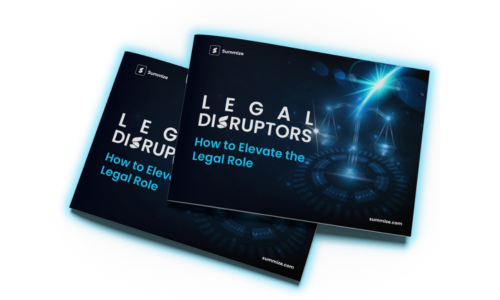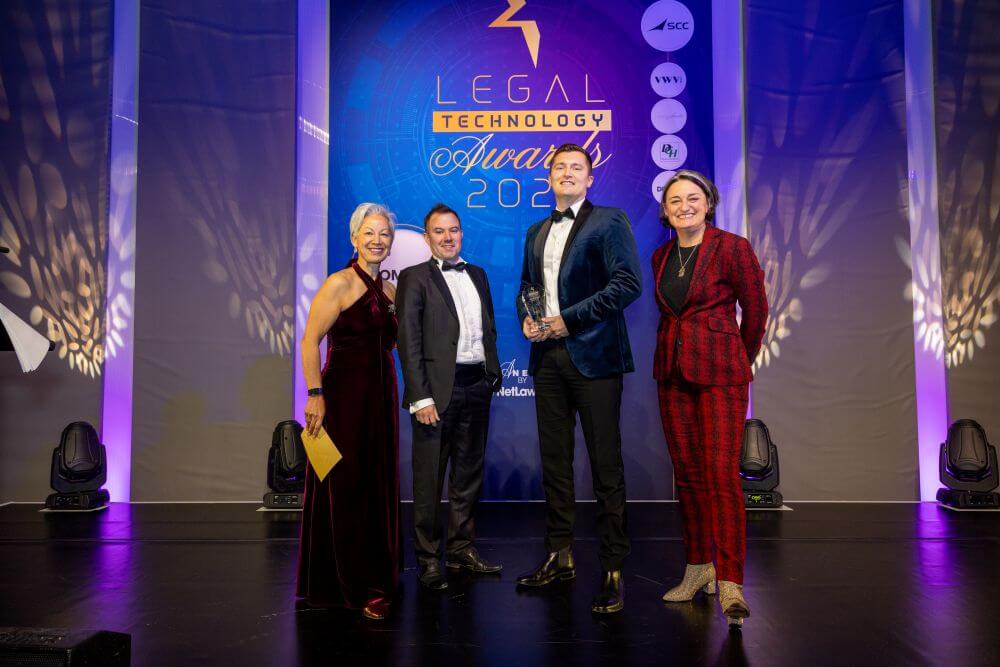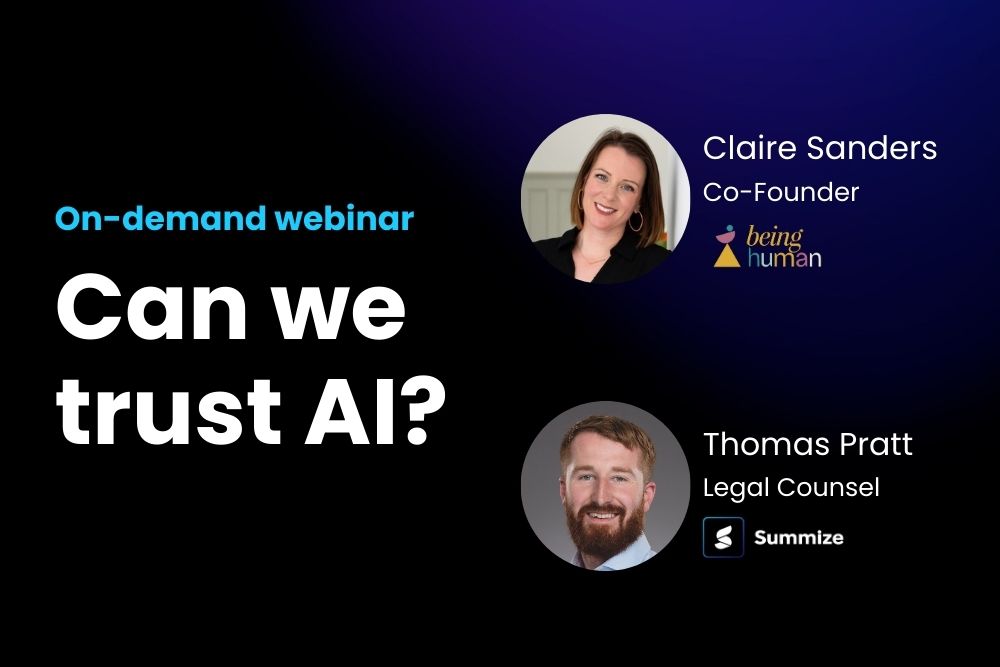Legaltech Arcade Podcast: Tom Dunlop & Rob MacAdam
In this podcast, Rob McAdam meets Tom Dunlop to discuss his journey from Team GB to a General Counsel and now CEO and Founder of Summize.
February 8, 2022
December 19, 2025
In this podcast episode, host Rob MacAdam sits down with Tom Dunlop, Founder and CEO of Summize, to explore the realities of legal technology, in-house legal challenges, and what truly drives value for lawyers and businesses today. Rob brings the perspective of someone deeply embedded in the legal tech ecosystem, while Tom offers a rare combination of experience as a former in-house lawyer, tech leader, and elite athlete. Together, they unpack how legal technology should be built, adopted, and used in practice, not in theory.
Tom’s journey to founding Summize is central to the discussion. From representing Great Britain as a professional badminton player, to qualifying as a lawyer and holding senior in-house legal roles in fast-growing software companies, his background has strongly shaped Summize’s product philosophy: focus on simplicity, speed to value, and solving real day-to-day problems for legal teams.
Reducing friction in contract work
One of the core topics of the conversation is the everyday frustration lawyers experience when dealing with contracts. Tom explains that Summize was built to tackle low-value, manual tasks that consume disproportionate amounts of time, such as reviewing, summarizing, and extracting key information from agreements. Rather than forcing lawyers into a brand-new platform or workflow, Summize is designed to augment existing ways of working.
The discussion highlights how Summize generates instant contract summaries that go beyond surface-level extraction. These summaries can interpret clauses, flag risks, and even answer practical questions such as “How do I get paid?” or “How do I exit this contract?”. This shift from raw data to actionable insight reflects a broader trend in legal tech: helping users make better decisions, not just showing them information.
Why lightweight tools beat all-in-one platforms
Rob and Tom also explore how Summize differentiates itself in a crowded contract analysis market. While many tools are optimized for large-scale reviews or due diligence projects, Tom argues that day-to-day contract work is often underserved. In-house lawyers need tools that work quickly, flexibly, and without heavy implementation.
A key differentiator discussed is Summize’s modular approach. Instead of pulling users into a monolithic system, Summize integrates directly with tools lawyers already use, such as Microsoft Word, Teams, Slack, and document repositories. This “go to where the user is” philosophy reduces friction, lowers resistance to change, and increases adoption, something both speakers agree is critical for success.
Lessons from in-house life and elite sport
Tom’s background as both an in-house lawyer and professional athlete features heavily in the conversation. He explains how elite sport shaped his mindset around continuous improvement, mental resilience, and marginal gains. Rather than searching for silver-bullet solutions, Summize focuses on making small, meaningful improvements that compound over time.
This mindset also informs how Tom views in-house legal teams today. Legal departments face growing workloads, heightened regulatory risk, and increasing expectations to act as strategic business partners, often without equivalent increases in headcount. Technology, when applied thoughtfully, can help free lawyers from low-value work so they can focus on higher-impact activities.
The future of legal tech after remote work
The final key theme looks ahead to how legal tech is evolving in a remote-first world. Tom explains how the pandemic accelerated the adoption of collaboration tools like Microsoft Teams and reshaped expectations about where work happens. Rather than competing with these platforms, Summize has embraced them, building tools that fit naturally into existing digital workspaces.
Both speakers agree that the future of legal tech lies in interoperability, conversational interfaces, and accessibility. Lawyers should be able to ask simple questions and get answers without logging into yet another system. This vision reflects a broader shift towards legal services that are embedded, intuitive, and aligned with how people actually work.
To explore the full conversation listen to the podcast at the start of the article, and to hear more insights from the Summize team take a look at our articles below.
Discover even more!
Explore more about contracting and CLM in our ultimate contract guides








